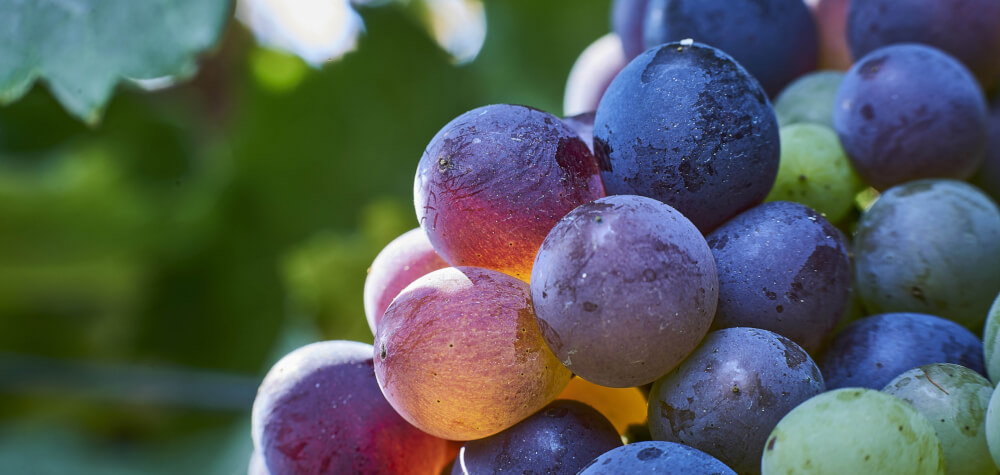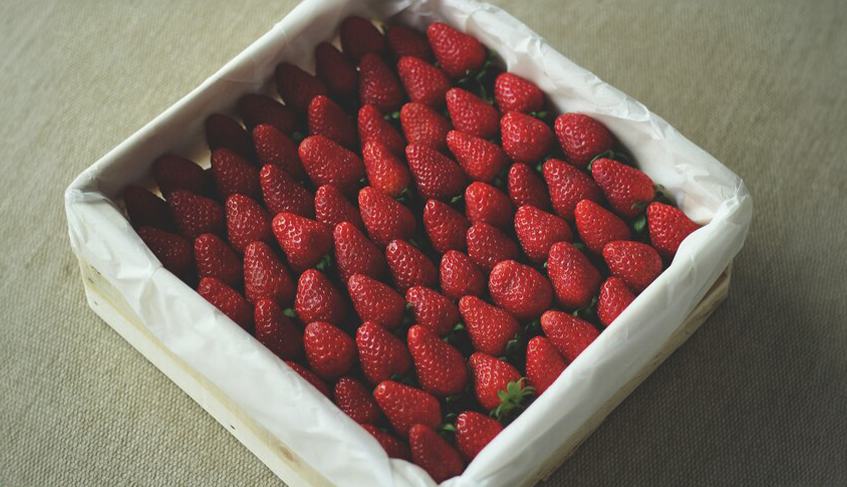The annual production of table grapes in the world is 16.5 million tons. Production areas are China, Turkey, Europe, Brazil, Chile and the United States. Popular grape varieties include Seedless Thompson, Seedless Flame, Seedless Crimson, Red Globe, Seedless Ruby, Seedless Red, Musket, and Sugraone.Long-term storage starts with excellent grape quality as well as strict harvest and storage protocols.
Grape Harvest
Before storage, rotten and damaged fruit is separated and removed. Correct harvest time depends on local quality classification, percentage of SCC (% Soluble Solids Concentration), sugar/acid ratio and color. (High sugar level provides improved storage results that would be more favorable under Controlled Atmosphere (CA) conditions).
CA / ULO Storage Of Grapes
Collected grapes should be taken to a 'pre-cooling room' at 4°C within half an hour after harvest. Grapes should be sorted and repackaged within a maximum of 4 hours. This has an extremely significant effect on the storage result.
The next step is to bring the grapes to a final storage temperature of -1.0 to 0°C and a relative humidity of 90 to 95%. Air velocity of approximately 20 to 40 feet per minute (FPM) during storage is recommended. Read our protocol on grape storage

Botrytus and SO2 Application
Storing grapes under Controlled Atmosphere (CA) conditions does not necessarily extend storage time, but quality often improves. The success of CA storage largely depends on the grape quality at the beginning of the storage period. In addition to the decrease in respiration, the decrease in moisture loss due to the effect of the higher CO2 level in the cooling tank or the Palliflex hose structure to stop the growth of fungi is an important factor of the positive effect on table grapes. Table grapes are extremely susceptible to a fungus called Botrytis, which often causes quality loss.
SO2 (sulfur dioxide) is applied to grapes to prevent Botrytis infections. In the absence of CA conditions and no SO2 treatment, Botrytis can occur in as little as 1 - 1½ months (depending on the type and quality of the grapes).
Storage Of Grapes in Structures With CA Pallet Hoses
When the total tonnage of the grapes to be stored is limited to 200 tons, storage flexibility is best achieved with the Palliflex system. With this system, grapes are stored on CA-specific pallets, that is, in tubular structures. This system offers maximum flexibility as stock (parts of stock) can be taken or removed from stock without affecting other pallet units. (The risk of Botrytis infection is also reduced.)
Our solutions for grape storage:
- N2 generator (VPSA or PSA)
- CO2 scrubber
- Palliflex









